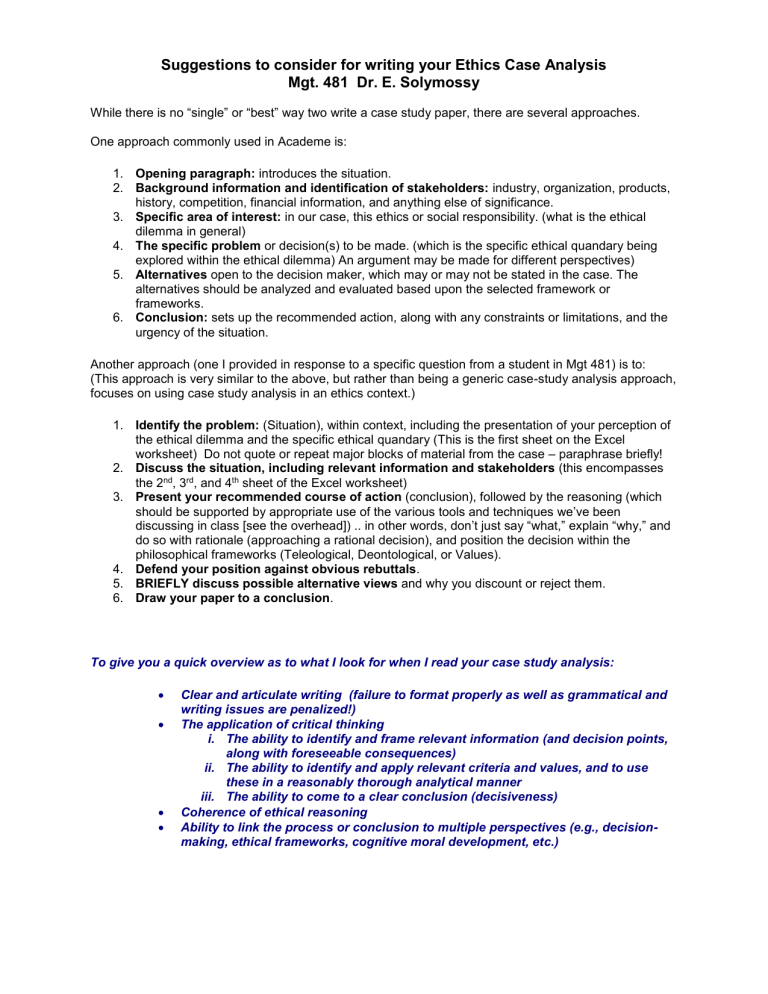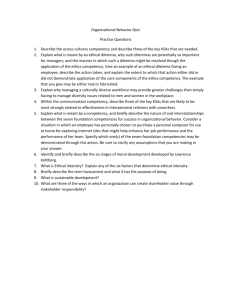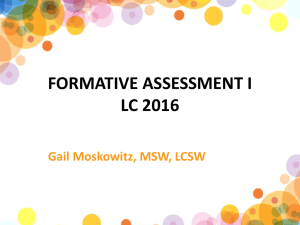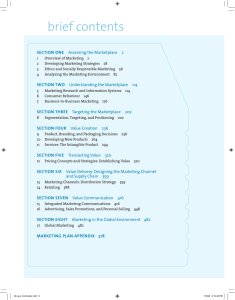Suggestions to consider for writing your Ethics Case Analysis

Suggestions to consider for writing your Ethics Case Analysis
Mgt. 481 Dr. E. Solymossy
While there is no “single” or “best” way two write a case study paper, there are several approaches.
One approach commonly used in Academe is:
1. Opening paragraph: introduces the situation.
2. Background information and identification of stakeholders: industry, organization, products, history, competition, financial information, and anything else of significance.
3. Specific area of interest: in our case, this ethics or social responsibility. (what is the ethical dilemma in general)
4. The specific problem or decision(s) to be made. (which is the specific ethical quandary being explored within the ethical dilemma) An argument may be made for different perspectives)
5. Alternatives open to the decision maker, which may or may not be stated in the case. The alternatives should be analyzed and evaluated based upon the selected framework or frameworks.
6. Conclusion: sets up the recommended action, along with any constraints or limitations, and the urgency of the situation.
Another approach (one I provided in response to a specific question from a student in Mgt 481) is to:
(This approach is very similar to the above, but rather than being a generic case-study analysis approach, focuses on using case study analysis in an ethics context.)
1. Identify the problem: (Situation), within context, including the presentation of your perception of the ethical dilemma and the specific ethical quandary (This is the first sheet on the Excel worksheet) Do not quote or repeat major blocks of material from the case – paraphrase briefly!
2. Discuss the situation, including relevant information and stakeholders (this encompasses the 2 nd , 3 rd , and 4 th sheet of the Excel worksheet)
3. Present your recommended course of action (conclusion), followed by the reasoning (which should be supported by appropriate use of the various tools and techniques we’ve been discussing in class [see the overhead]) .. in other words, don’t just say “what,” explain “why,” and do so with rationale (approaching a rational decision), and position the decision within the philosophical frameworks (Teleological, Deontological, or Values).
4. Defend your position against obvious rebuttals .
5. BRIEFLY discuss possible alternative views and why you discount or reject them.
6. Draw your paper to a conclusion .
To give you a quick overview as to what I look for when I read your case study analysis:
Clear and articulate writing (failure to format properly as well as grammatical and writing issues are penalized!)
The application of critical thinking i. The ability to identify and frame relevant information (and decision points, along with foreseeable consequences) ii. The ability to identify and apply relevant criteria and values, and to use these in a reasonably thorough analytical manner iii. The ability to come to a clear conclusion (decisiveness)
Coherence of ethical reasoning
Ability to link the process or conclusion to multiple perspectives (e.g., decisionmaking, ethical frameworks, cognitive moral development, etc.)









